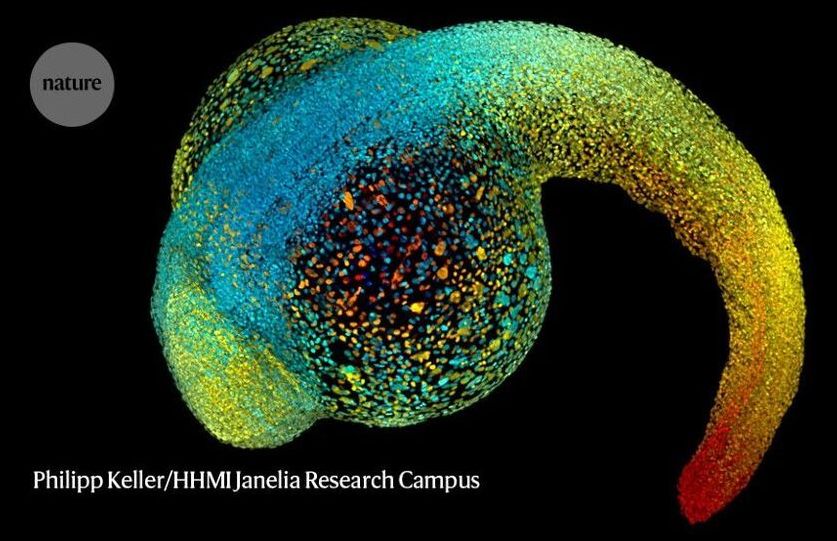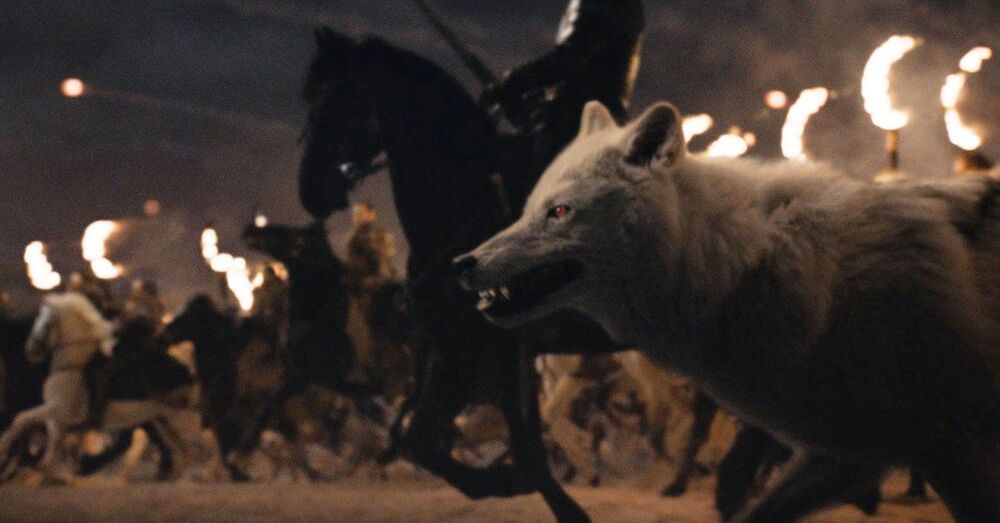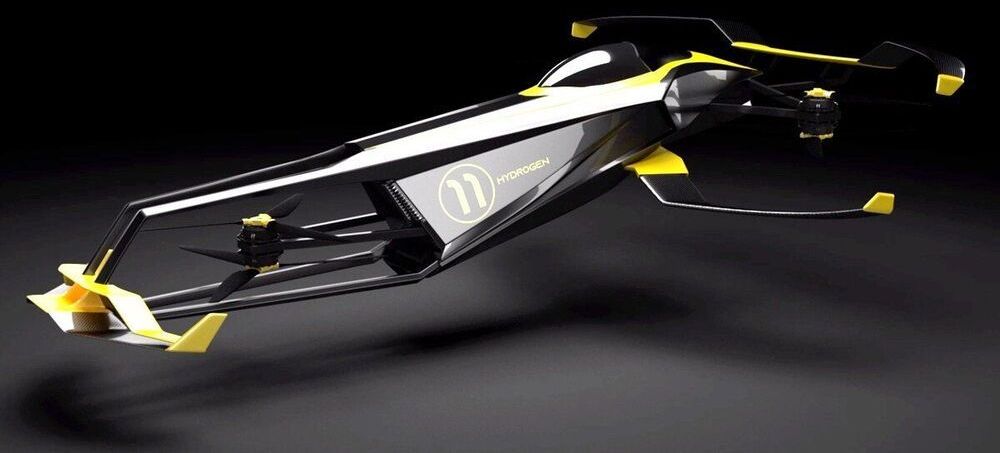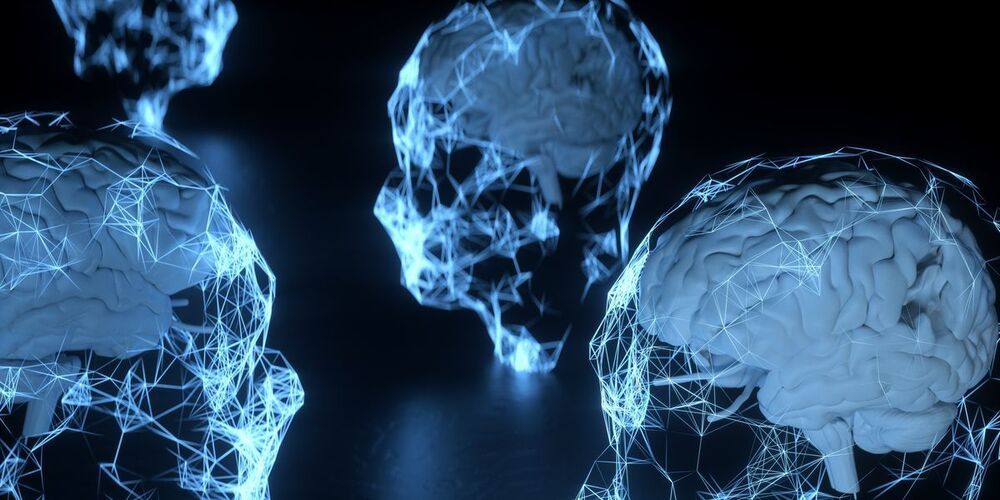Scientists are getting to grips with the role of mechanical forces in the body, from embryo to adult.
The Greater Reset, a conference being held online from January 25th — 29th, 2021, is the world’s collective response to the World Economic Forum’s Initiative: The Great Reset.
We offer an alternative to the WEF’s top-down, centralized, authoritarian vision. Our desire is to help all people find community and liberty by providing practical steps and knowledge for co-creating a world that respects individual liberty, bodily autonomy, and choice.
We invite you to join us for 5 days of online discussion about the diverse opportunities available for those who seek to live in harmony with humanity and the planet, while respecting our innate freedom.
The creatures made famous by Game of Thrones went extinct some 13000 years ago. Now geneticists know a little more about where they come from.
is it a car? is it a helicopter? no, it’s carcopter. conceived by french start-up, MACA, this hydrogen-powered concept aims to revolutionize the way we travel. with its aerodynamic body and theoretical top speed of 153 mph (246 kph), this prototype in question is designed for a racing scenario. it intends to be the first (manned) flying hydrogen formula 1 car. the highly-futuristic vehicle is set to be shown at annual tech event, CES 2021.
One of electric aviation’s greatest challenges (beyond safety certification) is mass production. Designing a working prototype is now table stakes in this industry. As Tesla found out, heavy manufacturing at scale can easily bankrupt even the most well-funded companies.
To solve this problem, Archer turned to Fiat Chrysler Automobiles (FCA), which produces about 4 million cars per year at its 100 manufacturing facilities and 40 R&D centers. FCA described it as a mutually beneficial arrangement: It gains experience electrifying vehicles (where it lags behind), and Archer gains access to low-cost manufacturing expertise. FCA already helped design the aircraft’s cockpit and will allow the production of “thousands of aircraft” per year, according to a company spokesperson. The first aircraft is scheduled to be revealed in early 2021 with the first public flights in 2024.
Delays are likely given the complexity of launching, literally, a new vehicle. But the announcement fulfills the initial prediction made last year by John Hansman, director of MIT’s International Center for Air Transportation: “You’ve seen some shakeup in electric aviation, but also see it get closer to reality” in 2020, he said. “It’s clear there will be the emergence of a new class of electric airplanes. In 2021, you’ll see hybrid and battery aircraft in service or close to being in service.”
This type of fungi isn’t in the depths of the rainforest but in Denmark.
Nature scares sometimes.
Two newly discovered fungi eat flies from the inside out while dropping new spores out of holes dissolved in the living flies’ abdomens.
Folding Shovel, BANORES
Posted in electronics, military
Military Multifunctional Folding Shovel 😍😱
Buy via Amazon :
Like.
Comment.
Enjoy fast, FREE delivery, exclusive deals and award-winning movies & TV shows with Prime Try Prime and start saving today with Fast, FREE Delivery
Fast, FREE Delivery is available to Prime members. To join, select “Try Amazon Prime and start saving today with Fast, FREE Delivery” below the Add to Cart button.
It can be done. And it can be done sooner than many realise…even within YOUR lifetime. Imagine… Reaching triple digits with the health, fitness and body of an athletic 30 year old… It is entirely within reach now, it may be even less than a decade away. All we need to do is repair the damage that living and our metabolism create, it is slowly accumulating, which is why it takes 7 or 8 decades to rear its ugly head in most people, so one treatment should keep things under control for many years, and by then science will have advanced immeasurably, improving the treatments to whole new levels… Then you can dream of reaching 4 digits…then 5…then 6… BUT You need to stay in good enough shape to last long enough to see the treatments perfected and available. So watch your diet, your mental and physical health, your weight, and look to use occasional fasting, and time restricted eating, along with saunas and cold showers (or any hot/cold therapy), etc., to keep yourself at your optimum until that days arrives. If you want to know more, then this video breaks it down into even more detail. Have a great day and enjoy your journey into the future…
In a roadmap to end aging — understand the hallmarks to change your direction.
Getting old, grey hair, wrinkles, less strength, fragile bones, slower healing… And these are just the visible obvious factors, a slow continual decline towards your final grave. But if you know what is at fault, you can start to make lifestyle changes to alter their trajectory. Watch this video on Stress to find out more about what you can do and why it works https://youtu.be/s17UP_Ia4pQ And we do not only know what is happening, we also have some very good ideas of how to reverse, or at least, slow their decline whilst science works on real solutions. So, this will show you what the problems are, and then we shall start looking at what YOU can do to turn back the clock. With an aging population the benefits of more living their extended years in good health and able to lead whatever lifestyle they desire, is taking on ever more importance. Once you understand the mechanisms and follow the processes you will be able to build a better lifestyle aimed at a long and enjoyable existence. What are you actively doing to extend your healthspan?
And these are just the visible obvious factors, a slow continual decline towards your final grave.
But if you know what is at fault, you can start to make lifestyle changes to alter their trajectory.
Watch this video on Stress to find out more about what you can do and why it works.









